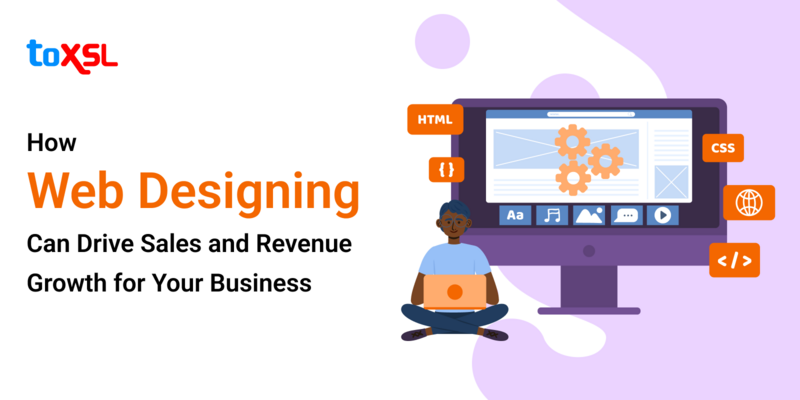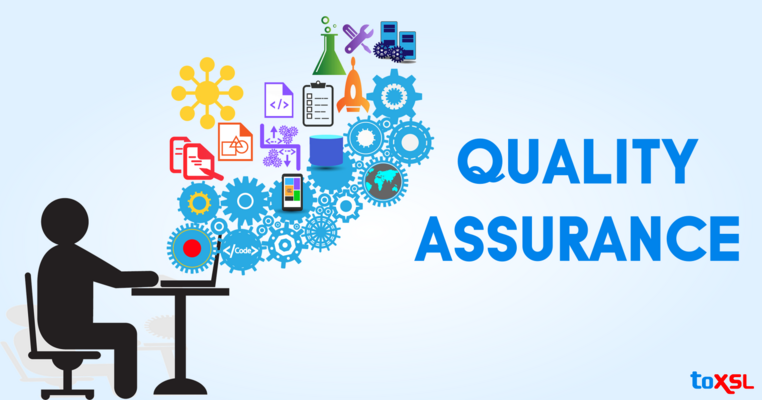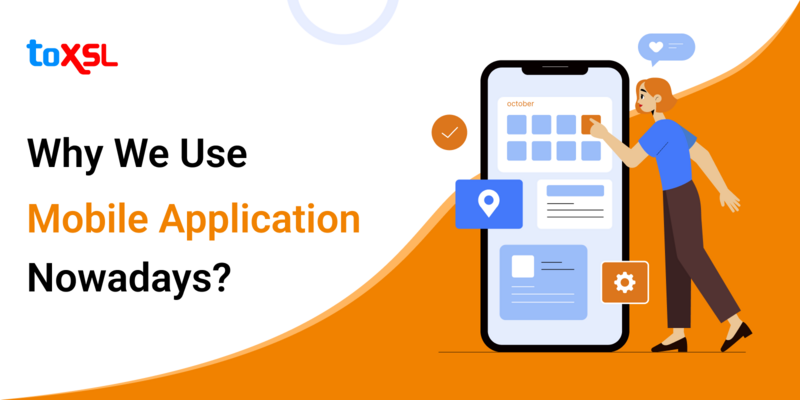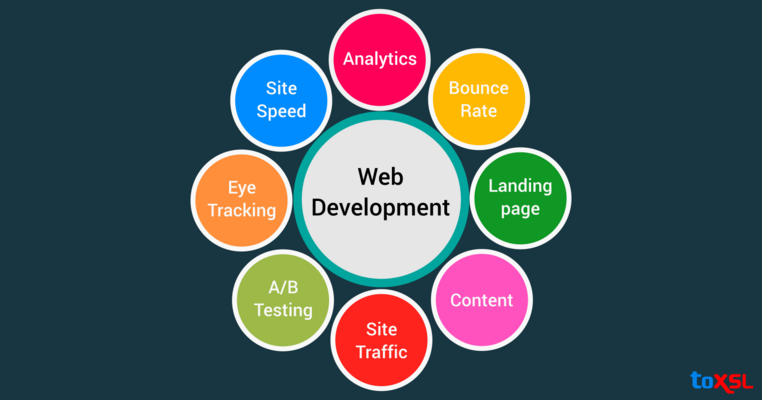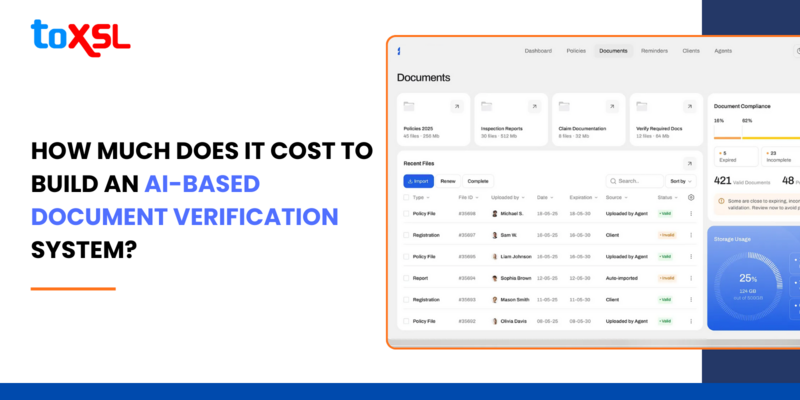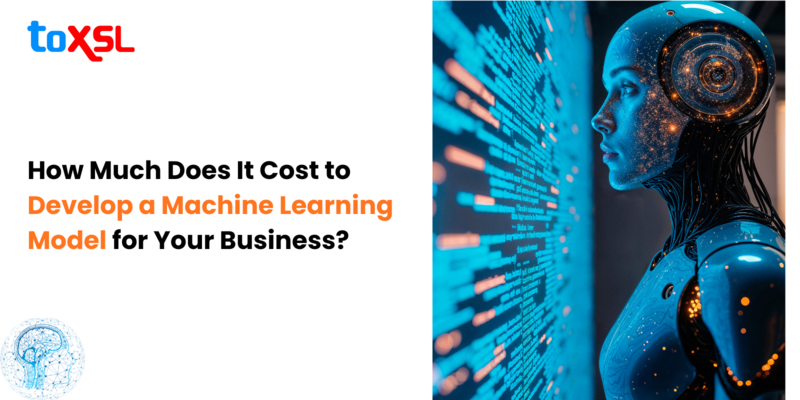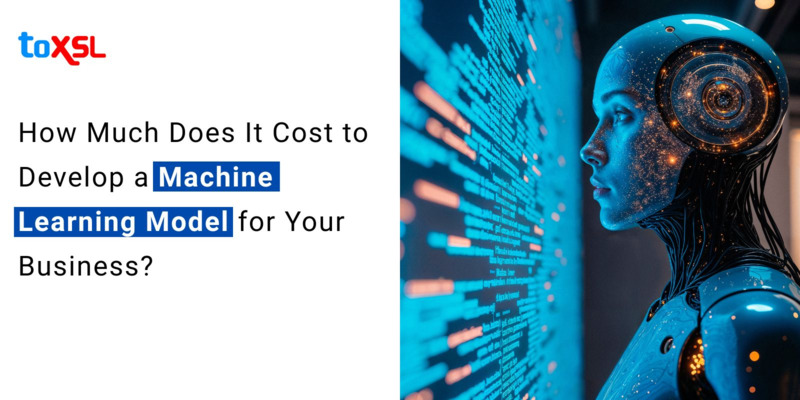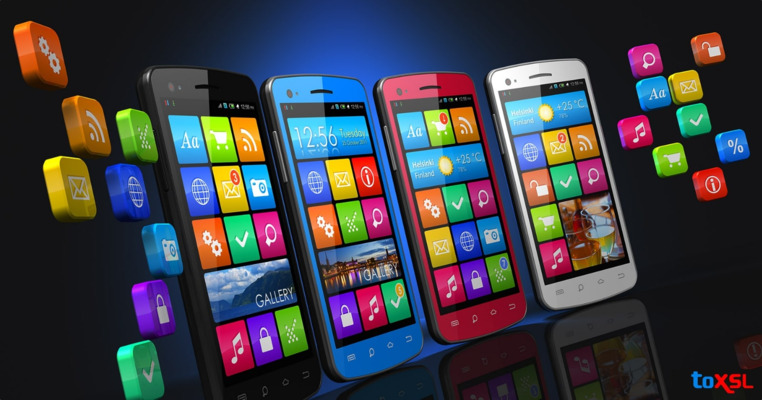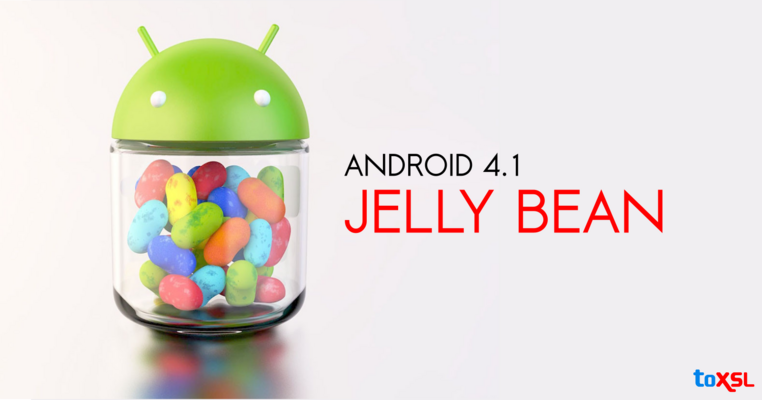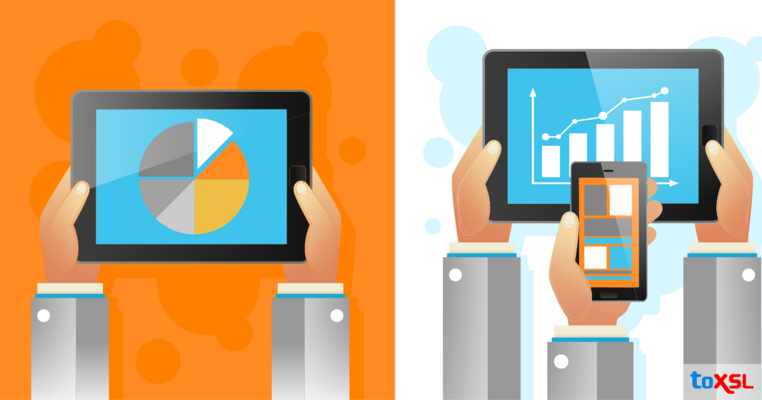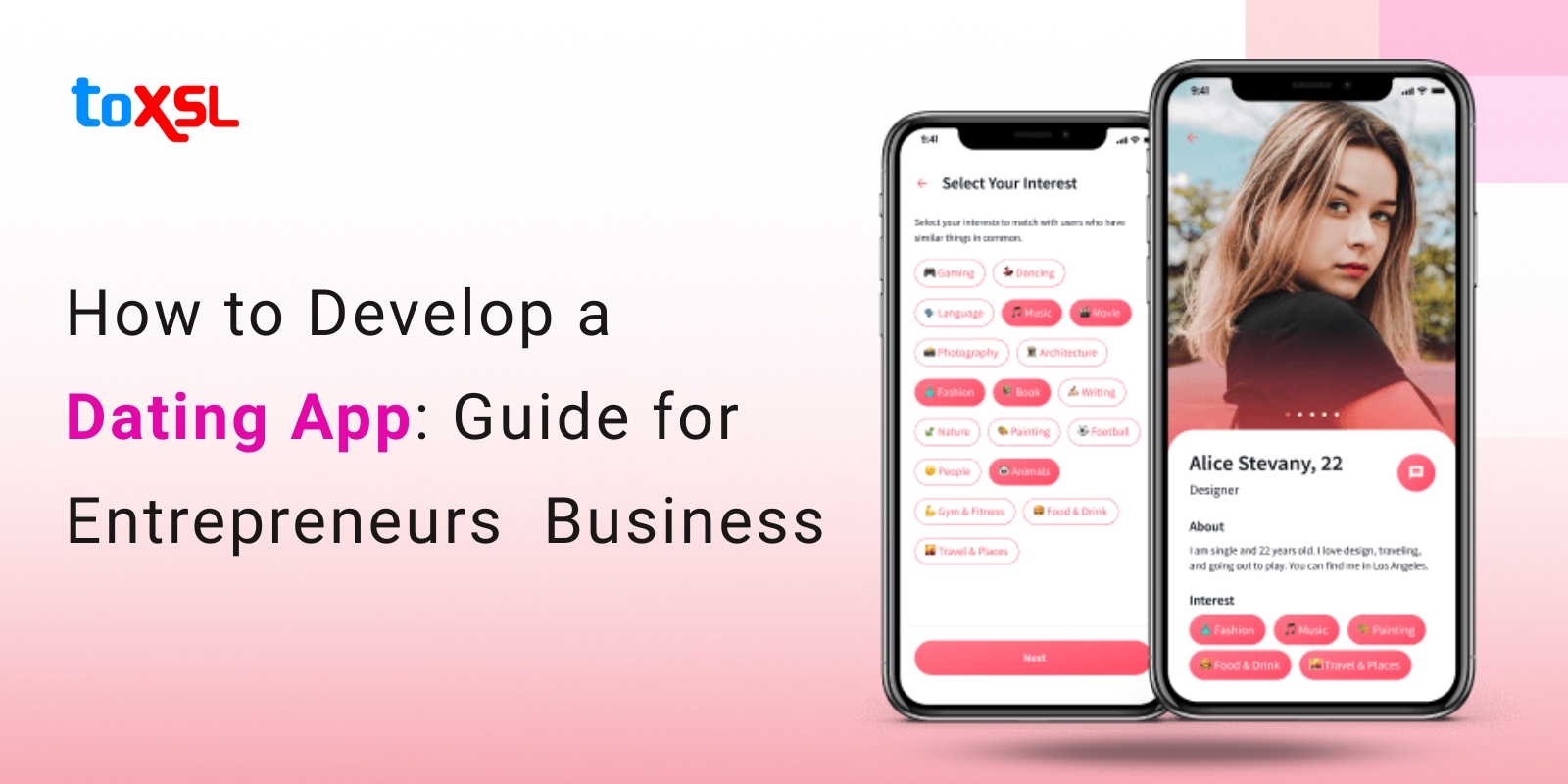
In today's digital age, dating apps are revolutionizing the ways people connect and form relationships. Whether it is casual dating, serious relationships, or niche matchmaking, dating apps are dominating the online social landscape. According to Verified Market Research, the online dating market size is projected to reach USD 13.12 billion by 2031, growing at a CAGR of 7.03%.
The online dating market is constantly growing. One of the main reasons behind this growth is increased access to the internet and smartphone usage. Dating apps have not only allowed people to form meaningful connections but also helped businesses enhance opportunities to increase their revenue.
Our comprehensive guide will walk through everything you need to know about developing a dating app. It includes the key development steps, popular business models, costs, and best practices for developing a successful dating app. Whether you are aiming to develop the next Tinder or a matchmaking platform, here’s what you need to know.
Key Takeaways:
Understanding your target audience and niche is crucial to developing a successful dating app.
A clear, phased development process helps develop robust and user-friendly apps.
Choosing the right business model impacts profitability.
Development costs vary based on features, platforms, and complexity, ranging from tens to hundreds of thousands.
Effective UI/UX design and testing are crucial for user engagement and retention.
Post-launch marketing and continuous improvement drive long-term growth.
Steps to Develop a Dating App
Developing a dating app requires thoughtful planning, market analysis, and technical execution. The following are critical steps to ensure your app stands out and meets user expectations:
1. Define Your Target Audience
Different people are looking for different things on the dating app, hence, understanding your target audience is necessary. There are various types of dating apps and different dating apps cater to various demographics, interests, and relationship goals. Some focus on casual dating, others on serious relationships, while some follow niche communities based on religion, ethnicity, and hobbies. To understand your target, conduct various surveys and interviews to understand their preferences, pain points, and unmet needs.
2. Conduct Market Research
It is necessary to study your competitors, including Tinder, Bumble, Hinge, and niche apps, to identify their strengths and gaps. Analyze user reviews to find what users like or dislike. The market research helps you innovate features that offer unique value or improve user experience. Look for opportunities where your app can fill a gap, such as enhanced privacy, better matchmaking algorithms, or new communication tools.
3. Identify Core Features
Basic dating app features include user profiles and authentication, swipe or match algorithms, chat/messaging functionality, and push notifications. However, the advanced features can include AI-powered matchmaking, video calling and video profiles, geolocation-based matching, virtual gifts and gamification, and social media integrations. Enhanced security and anti-spam systems. Defining features early helps control development costs and ensures clarity for your development team.
4. Choose the Right Tech Stack
Selecting the right development team is important. Always hire teams that have hands-on experience in dating app development. Choose the technology stack that supports scalability and security. With a tech stack, choose secure user authentication protocols, robust databases, and scalable cloud hosting.
5. Design an Intuitive UI/UX
It is crucial for businesses to develop dating apps that are visually appealing and simple to use. Intuitive navigation with a clean design gives rise to user engagement. Also, incorporate elements like easy profile creation, smooth swiping, and quick access to chats.
6. Test the App Rigorously
Develop a minimum viable product (MVP) of your app, focusing on core features to test assumptions and user interest. Conduct comprehensive testing for bugs, security vulnerabilities, and performance issues. With that, conduct beta tests with real users and get valuable feedback before full launch.
7. Launch Your App
Strategize your launch with app store optimization (ASO), social media marketing, partnerships, and influencer collaborations. Today, you can even create ads with AI ad generators to design targeted and engaging promotional campaigns quickly and efficiently. Ongoing marketing campaigns help attract and retain active users, and offer compelling incentives such as free trials or premium feature discounts.
Online Dating Business Models
Online dating business models have evolved significantly to capitalize on the growing demand for digital matchmaking platforms. They mainly focus on generating revenue while providing smooth and engaging user experiences. Here are the primary online dating business models:
Subscription-Based Model: This is one of the most used models, where users pay a recurring fee, monthly, quarterly, or annually, for premium access. Premium features could include unlimited swipes, seeing who liked them, profile boosts, or an ad-free experience.
Freemium Model: In this model, users can access core features for free but need to pay for premium features. This model helps companies build a large user base while converting engaged users into paying customers.
In-App Purchases: The In-App Purchases model allows users to buy digital goods such as "super likes," profile boosts, virtual gifts, or additional match filters. In-app purchases customize the experience and generate revenue, enhancing user engagement by allowing users to stand out or interact uniquely.
Affiliate Marketing: Some platforms partner with other businesses for product or service promotions, earning commissions from referrals. Integration of affiliate marketing enriches revenue streams while offering users relevant, value-adding offers.
Cost to Develop a Dating App
Wondering how much it costs to develop a dating app? Understanding the costs of online dating sites is important for businesses looking to develop a successful dating app or platform. The cost to build a dating app depends on many factors, like app complexity, the platform you want to target, the choice of development team, technology stack, and the features you want to integrate. Let us shed some light on the cost involved in dating app development.
Basic dating app development: Developing a basic dating app costs start from around $5,000 to $25,000 for a simple MVP with core functionality such as user profiles, search filters, matching, and chatting.
Mid-range apps: Developing mid-range apps can cost between $25,000 to $90,000, including additional features such as AI matchmaking, video calls, and swiping mechanics.
Feature-rich advanced apps: Feature-rich advanced apps with full-fledged services, customizations, enhanced security, and scalability can cost from $90,000 to $200,000 or more.
Cost Breakdown:
| Development Stage | Estimated Cost |
|---|---|
| Planning and Discovery | $2,000 – $10,000 |
| UI/UX Design | $5,000 – $15,000 |
| Frontend Development | $10,000 – $30,000 |
| Backend Development | $15,000 – $50,000 |
| Testing and Quality Assurance | $5,000 – $20,000 |
| Deployment | $1,000 – $5,000 |
| Post-Launch Maintenance | $5,000 – $20,000/year |
Features to Develop an AI-powered Dating App
The AI dating app development landscape is evolving rapidly, fueled by the power of artificial intelligence (AI). AI dating app development combines intelligent algorithms and data-driven insights with core dating functionalities to create personalized, safer, and more engaging user experiences.
Feature | Description | Benefits |
|---|
User Profiles & Authentication | Users create profiles with photos, bios, and personal details; secure login with multi-factor authentication. | Ensures authenticity, allows personalization, and secures user accounts. |
Swipe/Match Algorithms | Users swipe or match with others based on preferences, location, or interests. | Facilitates easy and interactive matching; increases engagement. |
Chat/Messaging | Real-time messaging, sending emojis, GIFs, and multimedia files. | Enables smooth communication and strengthens connections. |
Push Notifications | Alerts for new matches, messages, and profile activity. | Keeps users engaged and informed in real-time. |
Social Media Integration | Allows linking social media accounts to enhance profiles and verify authenticity. | Increases trust and enriches user profiles. |
Payment Integration | In-app payments for premium subscriptions or virtual gifts. | Enables monetization and premium features. |
AI-powered Matchmaking | Uses AI to analyze behavior, preferences, and interactions for personalized match suggestions. | Improves match accuracy and engagement. |
AI-driven Safety Monitoring | Monitors user activity to detect fake profiles, harassment, or inappropriate content. | Ensures a safer environment and builds user trust. |
Intelligent Chatbots for Engagement | AI chatbots suggest conversation starters and detect emotional tones. | Reduces social anxiety and increases conversation quality. |
Enhanced Profile Optimization | AI suggests improvements for photos, bios, and interests to maximize engagement. | Attracts more matches and improves user interaction. |
AI-based Fraud Detection | Monitors transactions and activities for suspicious patterns. | Protects users and ensures app integrity. |
Emotional Intelligence Integration | AI detects moods and sentiment in chats to recommend matches or conversation adjustments. | Promotes authentic connections and enhances user experience. |
AI-optimized User Feedback | Analyzes behavior and interactions to refine matchmaking and app performance. | Improves personalization and match relevance. |
AI Video Profile Analysis | Analyzes uploaded videos to highlight personality traits and interests. | Enhances authenticity and encourages richer interactions. |
Predictive Analytics | Predicts likely matches and engagement patterns using historical data. | Helps improve retention and user satisfaction. |
Context-Aware Recommendations | AI suggests conversation starters, date ideas, or activities based on preferences. | Creates personalized experiences and smoother communication. |
Push Notifications & Alerts | Updates users on matches, messages, app events, and promotions. | Boosts engagement and keeps users informed. |
Transaction History (for paid features) | Maintains record of payments, subscriptions, and purchases. | Ensures transparency and accountability. |
Gamification & Rewards | Badges, rewards, and virtual gifts to enhance engagement. | Encourages active usage and user retention. |
Video Calling & Streaming | In-app video calls for more interactive communication. | Builds trust and enables richer interactions. |
Safety Tips for Dating App Users
Online dating apps have revolutionized the way people meet and connect, offering convenience and a wider pool of potential matches. However, this digital landscape also introduces safety risks that users must be vigilant about. To help dating app users stay protected while enjoying their experience, here are essential safety tips based on expert recommendations and current best practices.
Use Unique Photos and Protect Personal Information: Avoid using the same photos on dating profiles as on social media, as scammers can reverse image search and find more about you. Also, do not include photos revealing your home, workplace, or daily locations. Guard personal details like your full name, workplace, phone number, and social media handles until you build trust with someone. Use a first name or nickname to reduce exposure to identity theft or phishing.
Choose Reputable and Secure Dating Apps: Opt for well-known dating platforms like Tinder, Bumble, or Hinge, which invest in security features such as profile verification, blocking, and reporting tools. These apps usually have better protection against scams and harassment than lesser-known apps. Always do research and read reviews before choosing an app.
Keep Conversations Inside the App: Keep your initial conversations within the dating app’s messaging system. This provides an extra layer of security since apps can monitor messages and make reporting or blocking easier. Avoid moving to other platforms like WhatsApp or Snapchat early, as they often have fewer safety controls and may expose your phone number or location.
Limit Use of Location Settings: Be cautious with location-sharing features. Turn off or minimize the use of location settings to avoid revealing your neighborhood or workplace to strangers. When meeting someone, sharing your live location with a trusted friend can enhance safety.
Verify Your Matches: Before meeting in person, consider video calling your match to ensure they are who they claim to be. Be wary of anyone who strongly resists video chats or refuses to share basic information. Also, look out for suspicious profiles with limited photos or vague details, as these could be fake or scam accounts.
Meet in Public and Inform Someone: For first meetings, always choose public, safe locations like cafes, restaurants, or busy parks. Avoid remote or isolated places, especially at night. Inform a trusted friend or family member about your plans, including who you are meeting, where, and when you expect to return. Consider setting up a check-in call during or after the date.
Trust Your Instincts: If anything feels off, trust your gut and take action by ending communication or blocking the user. Do not hesitate to report harassment, scams, or suspicious behavior to the app’s support team. Most reputable apps encourage users to report unsafe behavior to help protect the community.
The Future of Dating Apps
Dating apps have dramatically transformed how people meet and build relationships, and the evolution is accelerating rapidly in 2025. The future of dating apps is marked by cutting-edge technologies, greater personalization, enhanced safety, and new ways to foster genuine connections. These innovations signal an exciting shift beyond simple swiping, creating more immersive, trustworthy, and tailored dating experiences.
AI-Powered Advanced Matching: Artificial intelligence continues to redefine matchmaking by analyzing user preferences, behaviors, interests, and interaction patterns to deliver highly compatible matches. Modern dating platforms leverage AI compatibility scoring, predictive matching, and niche interest communities to increase user engagement and retention. AI also powers hyper-personalized notifications and mood-based matching, providing users with curated suggestions that feel uniquely tailored to their desires and lifestyle.
Enhanced Safety and Verification: User safety is becoming the bedrock of all successful dating apps. Advanced verification techniques such as AI-based selfie and ID matching, real-time photo and video verification, and machine-learning-driven spam detection are standard. These measures help prevent catfishing and scams while fostering trust within the user community. Continuous in-app moderation and easy reporting mechanisms also contribute to safer user environments.
Immersive and Interactive Features: Future dating apps go beyond profiles and texts to offer immersive digital experiences. Augmented reality (AR) enhancements, such as AR filters for video calls and virtual date simulations in environments like coffee shops or parks, are making virtual dating fun and engaging. Integration with wearables allows apps to sync fitness and health data, while voice-first interfaces use AI to analyze tone and sentiment, creating deeper emotional connection possibilities.
Video and Real-Time Communication: Live video chats, video profiles, and voice messaging are increasingly popular features that add authenticity and reduce deception. These tools enable users to connect more deeply before meeting in person, improving dating outcomes and satisfaction. Real-time communication tools such as private live chat rooms and event-based virtual speed dating are also shaping how users interact on these platforms.
Inclusivity and Niche Communities: Inclusivity remains a vital trend pushing dating apps to serve diverse gender identities, sexual orientations, and unique lifestyle groups. Niche dating communities tailored to specific interests, cultures, professions, or values build stronger user loyalty and help people find meaningful connections in safe, understanding spaces.
Monetization through Enhanced Experiences: Dating apps are innovating monetization by offering subscription tiers with customizable filters, pay-per-feature boosts, and event-based premium tools. These monetization strategies fund continuous innovation while delivering extra value to users seeking enhanced experiences.
Final Words
At ToXSL Technologies, a leading dating app development company, we understand the dynamic nature of online dating and the challenges that occur in developing an online dating app. Our team uses the latest trends and user-centric design principles to bring your dating app vision to life. With extensive experience in mobile app development and a focus on scalable, secure architectures.
ToXSL Technologies is your trusted partner for developing high-performance dating platforms that engage users, generate revenue, and evolve with market needs. So, if you are looking to build a dating app, feel free to reach out to ToXSL Technologies for development services customized to your unique dating app project needs.
Frequently Asked Questions
What is an AI-powered dating app, and how does it work?
An AI-powered dating app uses artificial intelligence algorithms to analyze user profiles, preferences, and behaviors to deliver more customized match suggestions. It learns from user interactions, such as swiping, messaging, and profile engagement, to continually refine matchmaking and conversation recommendations, improving the overall dating experience.
What safety features does AI add to dating apps?
AI improves safety by detecting fake profiles using facial recognition, monitoring conversations in real-time for inappropriate content, and analyzing behavioral patterns to identify scams.
Can AI chatbots help during the dating process?
Yes, AI chatbots offer support by suggesting icebreakers, ease conversations, and detect emotional tones to improve chat quality. They help reduce social anxiety and keep users engaged by being more natural.
What are the privacy concerns associated with AI dating apps?
AI dating apps collect personal data to offer customized experiences, which raises potential privacy risks if data is compromised. Users should check app privacy policies, use security settings, and be aware of sharing sensitive information to protect their privacy while benefiting from AI features.
How can an adult SEO agency help grow my dating or adult platform?
An adult SEO agency improves your platform’s visibility through niche keyword targeting, optimized content, and compliant link-building. This helps attract more relevant users, increase sign-ups, and boost long-term organic growth.
How does emotional intelligence enhance AI-powered dating apps?
Emotional intelligence in AI-powered dating apps allows the system to understand users’ moods, tones, and conversational emotions during chats. This helps the app to suggest tone adjustments, recommend emotionally compatible matches, and facilitate deeper, more authentic conversations.
What advanced AI technologies are used in dating apps?
AI dating apps use technologies like natural language processing (NLP) to understand and generate human-like conversation, and machine learning (ML) to analyze user behavior and continuously improve matchmaking.




